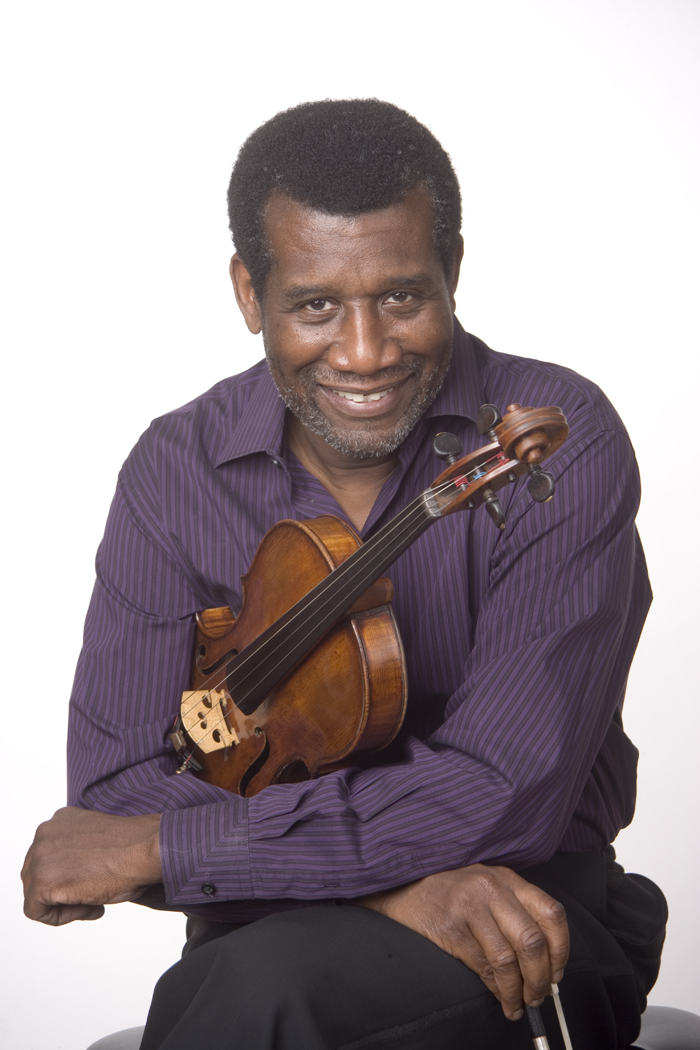

|
Marcus Thompson (born May 4, 1946) is a distinguished performer both on viola and viola d'amore. A multi-faceted artist, he is equally esteemed as recitalist, orchestral soloist, chamber musician, recording artist and educator. Born in New York's South Bronx, he began violin studies at the age of six in a private studio, and at fourteen attended The Juilliard School Pre-College where he studied with Louise Behrend. After completing seven years of viola and viola d'amore studies with Walter Trampler, he received his Bachelors and Master's degrees, and Juilliard's first doctorate in viola performance. Highlights of his solo career include a performance of the Mozart Sinfonia Concertante with violinist Yehudi Menuhin and the Chicago Symphony Orchestra, and a performance of Hindemith's viola d'amore concerto, Kammermusik 6 with the Philadelphia Orchestra under Charles Dutoit. He has also appeared as soloist with the National Symphony under Michael Tilson Thomas, The Cleveland Orchestra under Jah Jah Ling, with the Atlanta Symphony under Yoel Levi in a performance of Keith Jarrett's Bridge of Light, in the west coast premiere of Harbison Viola Concerto with the Los Angeles Chamber Orchestra under John Harbison, with the Saint Louis Symphony and the Boston Pops. He has appeared in concert and recordings with conductor Paul Freeman and three of his orchestras: the Chicago Sinfonietta, the Slovenian Radio Orchestra and the Czech National Symphony. A much sought-after chamber musician, Mr. Thompson has appeared as the guest of the Audubon, Borromeo, Cleveland, Emerson, Miami, Muir, Orion, Shanghai, and Vermeer Quartets. He has also collaborated with the Fine Arts, Endellion, St. Petersburg, Biava, Jupiter, Vogler, and Oregon Quartets. He has participated in chamber music festivals in Rockport (MA and ME), Chestnut Hill (CT), Sitka (AK), Anchorage, Seattle, Northwest (OR), Los Angeles, Okinawa, Santa Fe, Vail, Dubrovnik, Spoleto, Montreal, and Rio de Janeiro. Among his career highlights are performances with the Chamber Music Society of Lincoln Center in a 'Live from Lincoln Center' broadcast and at a Presidential Inaugural Concert at the Kennedy Center. He has also appeared with the Chamber Music Society of Amsterdam in Holland, and with the Boston Chamber Music Society of which he is an Artist Member. In addition to his busy performing career, Mr. Thompson serves as a member of the Viola Faculty at New England Conservatory of Music, and as the Robert R. Taylor Professor of Music at the Massachusetts Institute of Technology, where he founded performance programs in private studies and chamber music. He has been recognized for extraordinary teaching at MIT with an appointment as a Margaret MacVicar Faculty Fellow. He has previously taught at The Juilliard School Pre-College Division, Oakwood College (AL), Mt. Holyoke College (MA), and Wesleyan University (CT). A frequent guest presenter of viola and chamber music master classes, he has presented these at the University of Oregon School of Music, Williams College Music Department, Boston Conservatory (String Seminar), and for Project STEP at Symphony Hall, Boston. Mr. Thompson serves on the Board of Project STEP, is a member of Chamber Music America, and the American String Teachers Association. He is also a member of the Viola d'Amore Society, and of the American Viola Society. Mr. Thompson served as host director for the 1985 American Viola Society Congress XIII held at the New England Conservatory of Music in Boston. His recorded works include the standard and the unusual, including concertos by Bartok and Bloch, Hindemith, and of Anthony Newman, commissioned by Mr. Thompson for the International Viola Congress. He has also recorded a work by Barry Vercoe called Synapse for Viola and Computer, which is included in a disc entitled "Computer Generations," and the premiere recording of Frank Martin's Sonata da Chiesa for Viola d'Amore and Strings. Another recording with Paul Freeman and the Czech National Symphony, contains rarely heard works by Jongen, Francaix and Serly. His recordings with the Boston Chamber Music Society include Octets by Enesco and Mendelssohn, Trios with clarinet and piano by Mozart and Schumann, Sextets by Tchaikovsky and Schoenberg, and works by Brahms.-- Biography from the MIT website (slightly
edited)
-- Names which are links refer to my Interviews elsewhere on my website. BD |
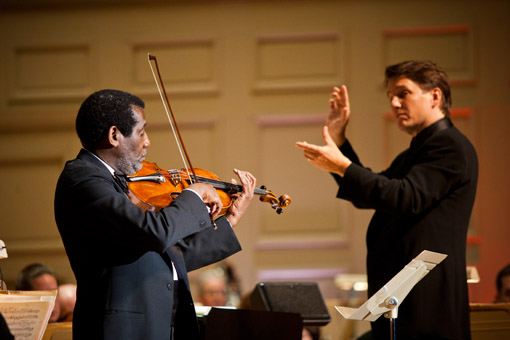 Here is the entire encounter . . . . . . . . .
Here is the entire encounter . . . . . . . . .| Pierrot Lunaire, Op. 21 ("Moonstruck
Pierrot" or "Pierrot in the Moonlight"), is a melodrama by Arnold Schoenberg.
It is a setting of 21 selected poems from Otto Erich Hartleben's German
translation of the Belgian poet Albert Giraud's cycle of French poems
of the same name. The première of the work, which is between 35
and 40 minutes in length, was at the Berlin Choralion-Saal on October
16, 1912.
The narrator (voice-type unspecified in the score, but traditionally performed by a soprano) delivers the poems in the Sprechstimme style. Schoenberg had previously used a combination of spoken text with instrumental accompaniment, called "melodrama", in the Summer-wind narrative of Gurre-Lieder, which was a fashionable musical style popular at the end of the nineteenth century. The melodrama is in atonal form, yet does not use Schoenberg's twelve-tone technique. Pierrot Lunaire is among Schoenberg's most celebrated and
frequently performed works. The instrumentation of the piece, flute,
clarinet, violin, cello, and piano (with standard doublings and in this
case with the addition of a vocalist), has subsequently been named after
Schoenberg's composition and is now referred to as a Pierrot Ensemble. The quintet of instruments used in Pierrot Lunaire became the core ensemble for many contemporary-music ensembles of the twentieth century, such as The Fires of London, who formed in 1965 as "The Pierrot Players", and continued to concertize with a varied classical and contemporary repertory. This group (and others like it) began to perform works arranged for these instruments, and commissioned new works especially to take advantage of this ensemble's instrumental colors. While many professional chamber ensembles (such as string quartets and piano trios) continued to focus on musical literature of the 18th and 19th centuries, the Pierrot ensemble became one of the most prominent chamber ensembles in classical music of the 20th century, and continues to be popular with composers and performers today. Among the works for this instrumentation are Concertante for Five Players, op. 22 by Elisabeth Lutyens, Chamber Concerto No. 2 by Thea Musgrave, and Three for Six by Ralph Shapey. Doublings are often called for in music written for Pierrot ensemble. For example, in Pierrot Lunaire, the flutist is asked to play piccolo, the clarinetist is asked to play bass clarinet (as in Earle Brown's Tracking Pierrot), or saxophone, and (much more unusually) the violinist is asked to play viola. Other common doublings might include E-flat clarinet (as in Carter's Triple Duo), alto flute, or even harpsichord (as in Maxwell Davies's Eight Songs for a Mad King).Researching the idea of violin/viola doubling in a single work, one also finds Claude Bolling's Suite for Violin and Jazz Piano, (one of the more well-known pieces, written for Pinchas Zukerman, which explains the dual instruments), and a recent work by Jake Heggie titled Orcas Island Ferry for Violin/Viola and Piano (written for Aloysia Friedmann). Other works include Like Water, for Violin/viola, percussion, and piano by Bun-Ching Lam, and Common Tones, for violin/viola, horn, and piano by Kenji Bunch. |
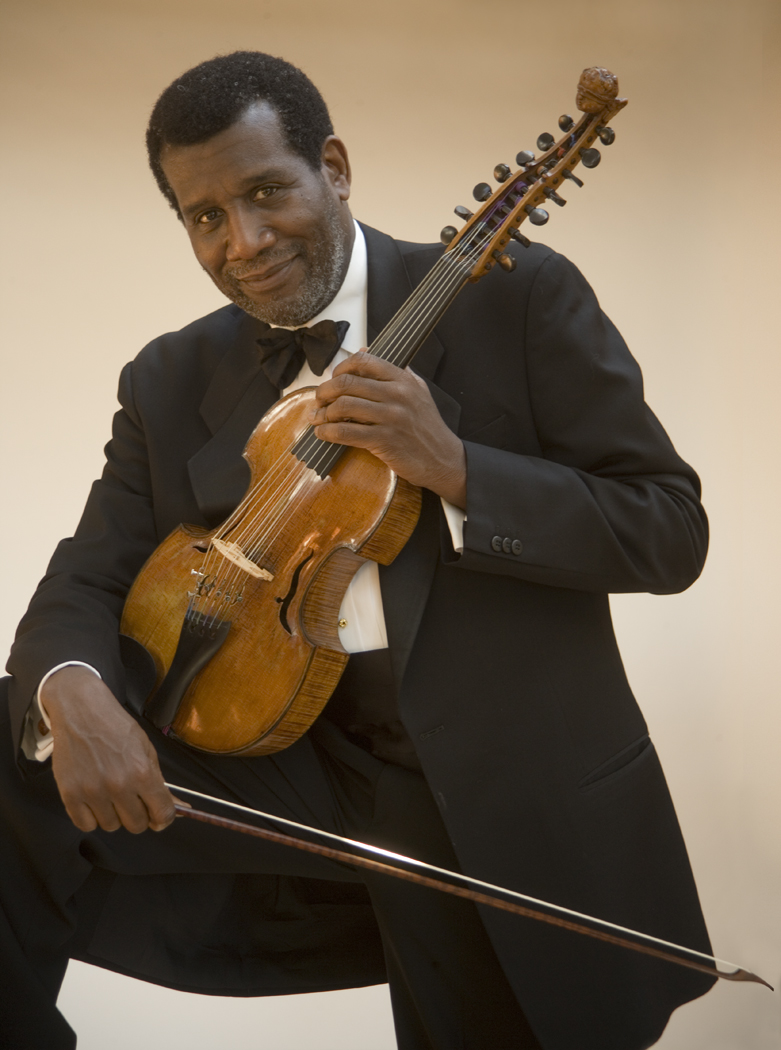 MT: The instrument is quite different. It’s got
fourteen strings instead of four.
MT: The instrument is quite different. It’s got
fourteen strings instead of four. 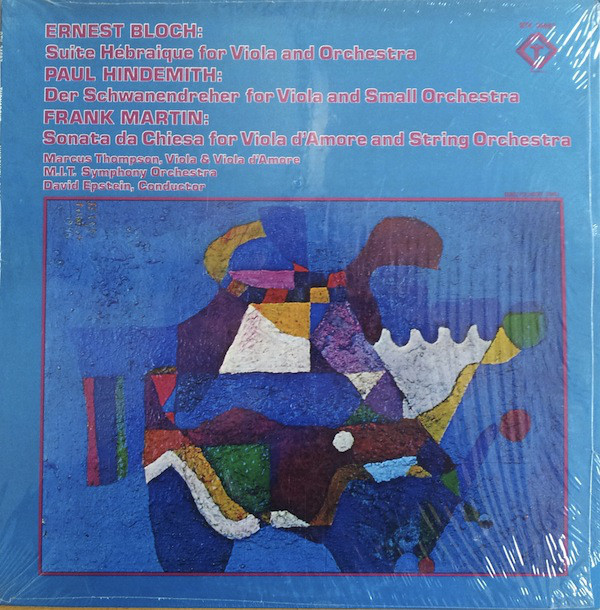 MT: There’s a difference on how you project your sound.
In chamber music you want to try and blend in, so you’re listening intently
to the others.
MT: There’s a difference on how you project your sound.
In chamber music you want to try and blend in, so you’re listening intently
to the others.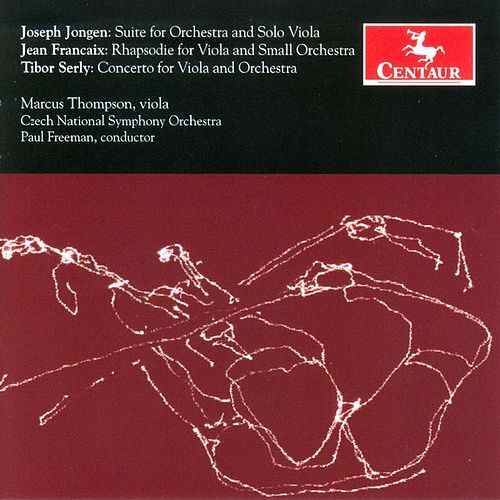 BD: Do you have just one viola that
you always play, or do you have several violas?
BD: Do you have just one viola that
you always play, or do you have several violas? 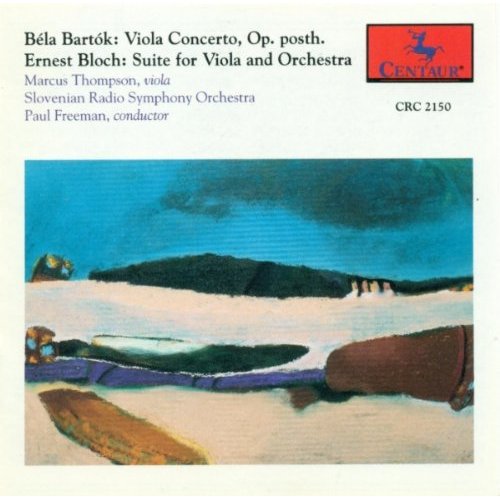 MT: I’m a professional musician, and have been for
a long time... thirty years, as a matter of fact. This is the
season in which I’m playing a recital in Boston to commemorate the
thirtieth anniversary of my debut recital in Boston, so I know how many
years it is. As a professional musician, very often you have to
do things because they simply have been assigned to you, or they’re in
the pipeline, and so you do them.
MT: I’m a professional musician, and have been for
a long time... thirty years, as a matter of fact. This is the
season in which I’m playing a recital in Boston to commemorate the
thirtieth anniversary of my debut recital in Boston, so I know how many
years it is. As a professional musician, very often you have to
do things because they simply have been assigned to you, or they’re in
the pipeline, and so you do them.|
Thompson
presents world premiere of Viola Concerto by Wilson
Clarise Snyder July 12, 2012 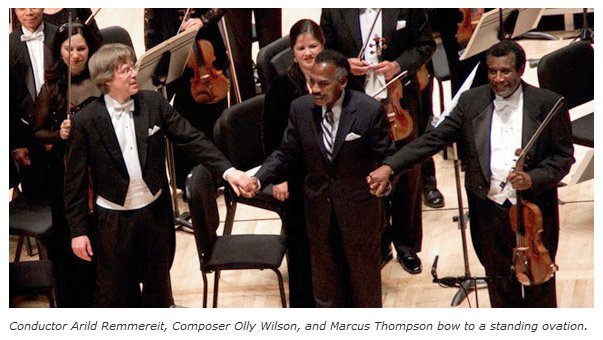 Violist Marcus Thompson, Robert R. Taylor Professor of Music at MIT,
presented the world premiere of the Viola Concerto by composer Olly Wilson with the
Rochester Philharmonic Orchestra on June 2. The performance, under the
direction of Arild Remmereit at Kodak Hall at Eastman Theater, was presented
as part of the 40th International Viola Congress held at Eastman School
of Music in Rochester, N.Y.
Violist Marcus Thompson, Robert R. Taylor Professor of Music at MIT,
presented the world premiere of the Viola Concerto by composer Olly Wilson with the
Rochester Philharmonic Orchestra on June 2. The performance, under the
direction of Arild Remmereit at Kodak Hall at Eastman Theater, was presented
as part of the 40th International Viola Congress held at Eastman School
of Music in Rochester, N.Y.Stuart Low, reviewer for The Rochester Democrat and Chronicle, wrote: …“Olly Wilson’s Viola Concerto, dazzlingly performed by Boston soloist Marcus Thompson, was a more serious affair. Skillfully and innovatively written for the instrument, it often calls for hammered or vigorously scrubbed bow strokes that help the viola’s dark tone project. The concerto’s atonal lines tend to unfold in tight, chromatic steps — a great help to a violist zipping around this large instrument in quick runs. Wilson, a highly acclaimed Berkeley, Calif., composer, also takes advantage of the viola’s lyrical side in the concerto’s elegiac middle section. Searing and haunted by turns, it was eloquently delivered by Thompson.” Wilson’s Viola Concerto was commissioned by the National Endowment of the Arts and written for, and dedicated to, Marcus Thompson. Wilson is professor of music at University of California at Berkeley. He has received numerous honors and awards from the American Academy in Rome and the American Academy of Arts and Letters and Guggenheim and Rockefeller Foundation Fellowships. His works have been performed by major American orchestras and international ensembles. |
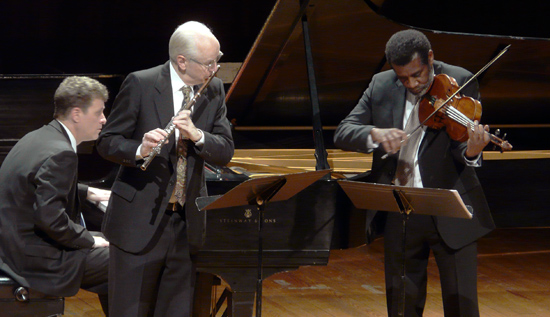 BD: [With a gentle nudge] You
don’t want to play on the bridge???
BD: [With a gentle nudge] You
don’t want to play on the bridge???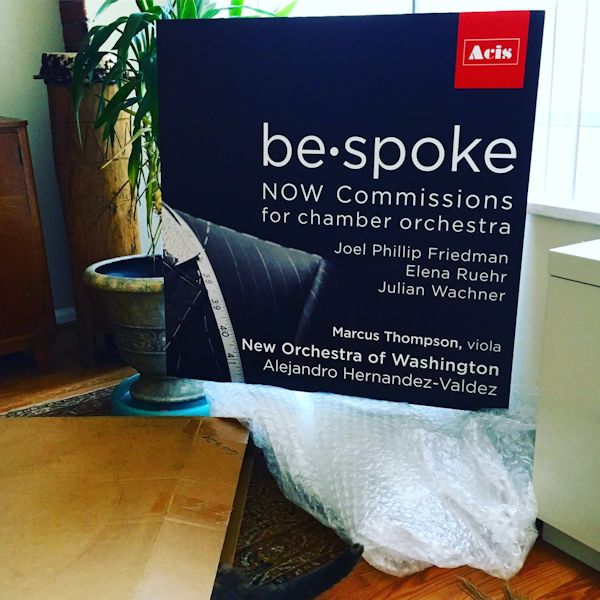 MT: I don’t think we should
stop trying, but we should realize that the audiences started out being
very limited because the music was intended for a very small, even self-selected
group of people — not select in the way music has
been marketed to people who drive BMWs and buy Brooks Brothers suits
— but by people who either play the music or sang the music,
or wanted to hear people more skilled than themselves play. These
are some of the reasons for audience-development outside of the home in
the eighteenth century and the nineteenth century.
MT: I don’t think we should
stop trying, but we should realize that the audiences started out being
very limited because the music was intended for a very small, even self-selected
group of people — not select in the way music has
been marketed to people who drive BMWs and buy Brooks Brothers suits
— but by people who either play the music or sang the music,
or wanted to hear people more skilled than themselves play. These
are some of the reasons for audience-development outside of the home in
the eighteenth century and the nineteenth century.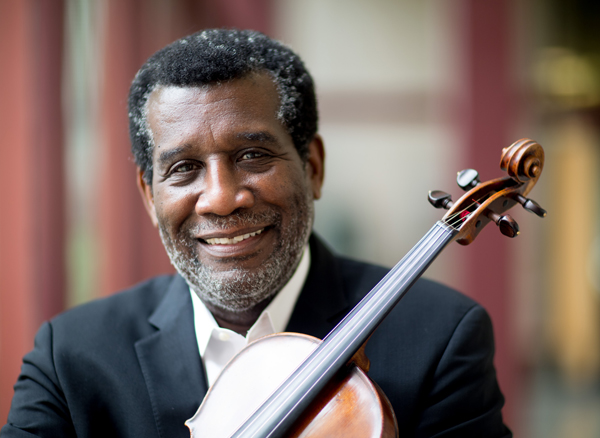 BD: People wouldn’t really appreciate
you unless you’re missing. Then they’d wonder what’s missing.
BD: People wouldn’t really appreciate
you unless you’re missing. Then they’d wonder what’s missing.[At this point we stopped for a moment to take care of a few technical things, such as recording a Station Break. I then asked him for his birthdate...]
| As I have noted elsewhere, these interviews which
I am posting on my website were often done two or three decades previously.
Many of my guests have now passed away, and I am pleased to help keep
their thoughts and ideas alive on this comparatively new medium. Sometimes, we are fortunate to have the artists still alive and working, and in those cases I try to make contact to let them know of this additional exposure. Most of these people write back and are very complimentary of my efforts. Here is what Marcus Thompson said (via e-mail) when looking over this page... <<<What a thrilling 'blast from the past’ to hear from you, and to read an interview that could still be true today! It is a very telling snapshot of my thirtieth season, especially now, nearly twenty years later. My activities, attitudes and stories are still the same. [He then pointed out a few small, but important, corrections to be made in the text.] Thanks again for your kind attention to my career and playing, and for all your efforts to support concert going and good music listening.>>> |
© 1998 Bruce Duffie
This conversation was recorded in Chicago on February 7, 1998. Portions were broadcast on WNIB later that day, and again in 1998; and on WNUR in 2007 and 2015. This transcription was made in 2017, and posted on this website at that time. My thanks to British soprano Una Barry for her help in preparing this website presentation.
To see a full list (with links) of interviews which have been transcribed and posted on this website, click here. To read my thoughts on editing these interviews for print, as well as a few other interesting observations, click here.
Award - winning broadcaster Bruce Duffie was with WNIB, Classical 97 in Chicago from 1975 until its final moment as a classical station in February of 2001. His interviews have also appeared in various magazines and journals since 1980, and he now continues his broadcast series on WNUR-FM, as well as on Contemporary Classical Internet Radio.
You are invited to visit his website for more information about his work, including selected transcripts of other interviews, plus a full list of his guests. He would also like to call your attention to the photos and information about his grandfather, who was a pioneer in the automotive field more than a century ago. You may also send him E-Mail with comments, questions and suggestions.